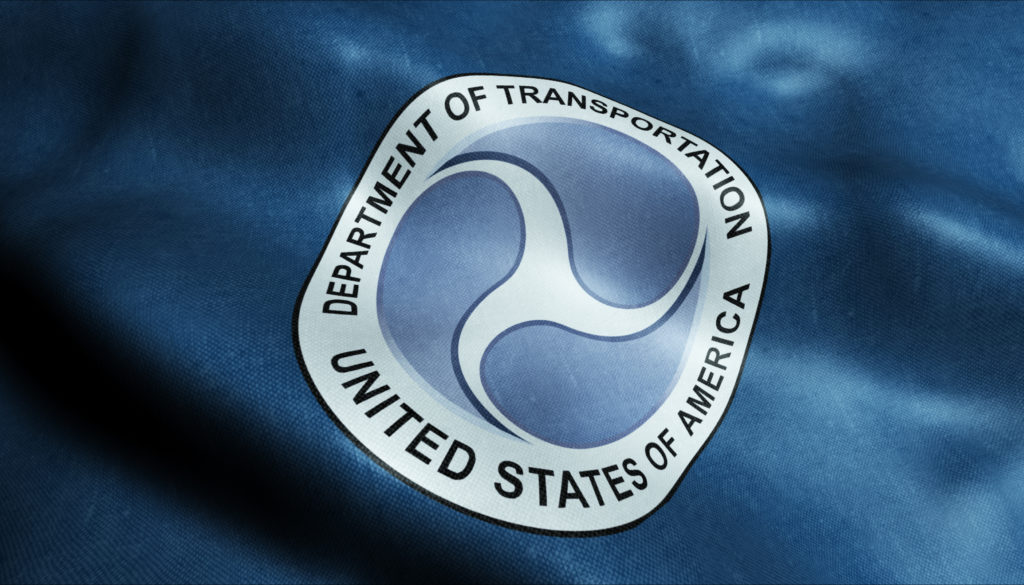“Illinois is the transportation hub of North America,” said Omer Osman, Illinois Transportation Secretary. “With the distinction comes a huge responsibility that we are investing resources equitably, fairly, and in locations where they make the most sense and do the most good.”
To further stretch taxpayer dollars and to bring much-needed boosts to state transportation infrastructure, Illinois Governor Jay Pritzker has signed into law a new bill.
“Thanks to Governor Pritzker’s vision and the support of the General Assembly, we are making historic improvements in our transportation system with Rebuild Illinois,” Osman continued. “Now, we will have even more tools that will strengthen our project-selection process and make it more transparent.”
The Illinois Department of Transportation will need to implement a new transportation program through the new legislation as a way to increase Illinois’ transportation network capability and efficiency. Additionally, the agency will be required to establish a highway system asset management plan for the entire state, and will also need to develop a project selection process that is performance-based and will make the best use of taxpayer money to keep state infrastructure in top shape.
“As new construction projects pop up around the community, Illinois taxpayers deserve to know the decision behind those projects and the impact it will have on their daily commute, local economy, and overall safety,” explained bill sponsor, Senator Ram Villivalam of Chicago. “By implementing a transparent, equitable, and data-driven system, people can have the peace of mind that their tax dollars are going toward positive change for the area.”
At the top of next year, a multitude of factors will be considered during the project selection process by IDOT through its multi-year plan. These items include accessibility, congestion mitigation, economic development, environmental impact, overall safety, and traffic operation improvement–some of these factors may be considered more strongly than others depending on project details or location.
Additionally, the legislation notes that the department should request opinions and input from members of local communities and the general public, labor and business representatives, metropolitan planning groups, and transportation and transit experts.
IDOT will also be required to create an asset management plan that is need-based and that will work to boost and maintain capital transit facilities and associated infrastructure as efficiently as possible–a plan that will also need to be publicly accessible on the department’s website. This asset management plan will need to include details regarding state facilities, infrastructure, equipment, and state-supported vehicles.
“All plan and program development based on the project selection process described in this subsection shall include consideration of regional balance,” the bill explained.
Because of any given potential project’s ability to help challenges related to environmental impacts and to boost multimodal connections, the bill states that the project prioritization process is considered to be fully in the public interest. Therefore, there will no longer be any capacity projects added to the new, multi-year transportation plan–after April 1st, 2022–that fail to undergo evaluation through the newly-outlined selection process.
The Rebuild Illinois plan, implemented by Pritzker in 2019, has worked to bring support to a variety of transportation and infrastructure projects and further investment into the state’s transit, education, roads, bridges, state parks, clean water infrastructure, and historic sites. It has also brought further funding to local truck route project initiatives and local marine transportation systems.
“I’m proud that Illinois is a supply chain hub for the nation and this administration is committed to investing in our infrastructure to ensure we maintain that vital role,” said Pritzker. “Through the Rebuild Illinois Capital plan–the largest infrastructure investment in Illinois’ history–we’re fixing roads and bridges across the state [and] creating jobs and opportunities in our communities.”
To help fund Rebuild Illinois projects, state fuel tax rates initially doubled in 2019 and have continued to rise since then.
“This legislation will empower the hardworking team at IDOT to ensure those investments go as far as possible,” Pritzker continued. “And by establishing a performance-based selection process, the administration is doubling-down on our commitment to being responsible stewards of taxpayer dollars.”




